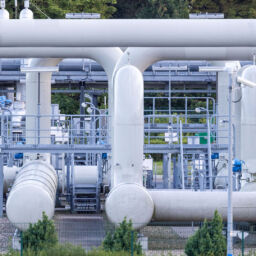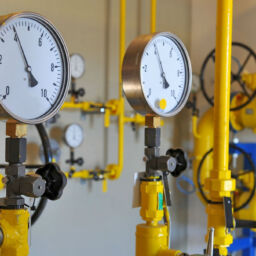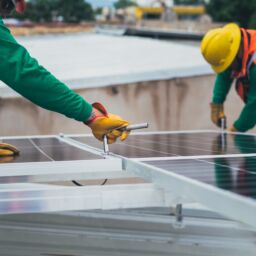
The first-ever offshore wind energy lease sale for the West Coast was announced by Bureau of Ocean Energy Management (BOEM) Director Amanda Lefton at the American Clean Power (ACP) Offshore WINDPOWER Conference last month. The forthcoming auction, which is slated for December 6, will serve as the country’s first sale in support of commercial-scale floating offshore wind energy development. This announcement follows the inclusion of certainty regarding tax credits in the recently passed Inflation Reduction Act in August, a significant step toward leasing offshore wind in the Gulf of Mexico in October, and the beginning of offshore construction for the first utility-scale offshore wind project in the United States in November.
These are essential first steps in order for the offshore wind industry to be able to play a crucial role in establishing U.S. energy independence, producing thousands of well-paying jobs, and supplying our communities with clean, safe, and reliable energy. National goals call for achieving 30 gigawatts (GW) of offshore wind by 2030. We are aware that we must go further. Two-thirds of America’s offshore wind energy potential is located in deeper waters that call for floating foundations, which represents a huge, unexplored market for major expansion. The federal government’s recent pledge to invest in a “Floating Offshore Wind Shot” and deploy 15 GW of floating offshore wind by 2035 will position the United States as a global leader in floating offshore wind energy. To date, only a few floating offshore wind farms have been built in Europe and Asia.
The initial stage in putting these lofty objectives into practice is BOEM’s lease auction in California. On the Outer Continental Shelf off the Central and North Coasts of California, BOEM will make available five leases totaling around 373,268 acres. More than 1.5 million homes could be powered by offshore wind energy generated in these regions, which also has the potential to create thousands of new employment. The result of years of coordination between the federal and state governments, unions, environmental organizations, local stakeholders, and the offshore wind sector is this lease auction. There is already forward motion. Immediately following the announcement, port officials in Humboldt Bay signed a contract with Crowley’s Wind Services Group committing them to solely pursuing the development and management of the Humboldt Bay Offshore Wind Heavy Lift Marine Terminal. The port, which will serve as California’s first installation hub, will be essential to the development of offshore wind and essential to achieving both national and state climate goals.
But in order to guarantee a long-lasting West Coast floating wind supply chain and meet state and federal clean energy goals, more leasing and projects are required. The following chance will be a BOEM lease sale off the south coast of Oregon, which is scheduled to happen in late 2023 and could inject more than 3 GW of carbon-free energy into the grid of that state. In the future, another lease round off California will be required in order to reach the state’s 25 GW target set forth in state law A.B. 525. To take advantage of the abundant wind resources in the Pacific Northwest, offshore wind may possibly extend up the coast to Washington State. With floating offshore wind, the West Coast has the potential to propel the United States as a leader in this emerging technology and shape the global energy transition while fostering energy independence, lowering carbon emissions, and creating tens of thousands of full-time American jobs. California has long been a leader in developing our modern domestic energy infrastructure.
















